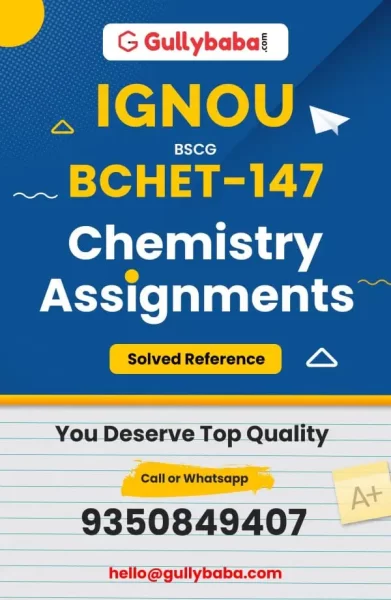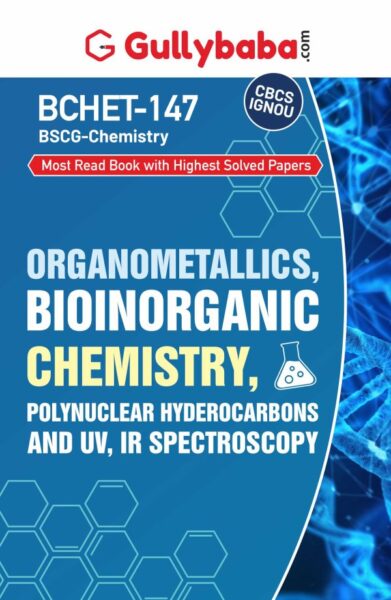-
Sale!
BCHET-147
Organometallics, Bioinorganic Chemistry, Polynuclear Hyderocarbons and UV, IR Spectroscopy
Original price was: ₹200.00.₹100.00Current price is: ₹100.00.Bought by : 2984 StudentsIn Stock Only 0 left ! -
Sale!
BCHET-147
Organometallics, Bioinorganic Chemistry, Polynuclear Hyderocarbons and UV, IR Spectroscopy
Bought by : 2182 StudentsIn Stock Only 0 left !





